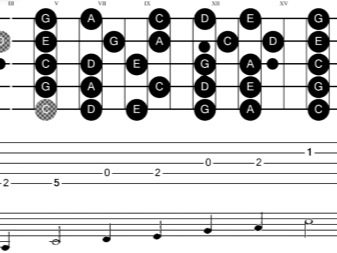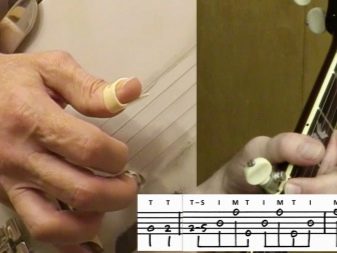Features of the banjo and the subtleties of playing on it
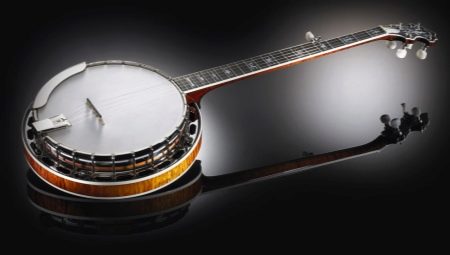
The banjo is a popular musical instrument. Appearing in America, he won the love of listeners thanks to its original sound, deep tone and versatility. Today, various types of chordophone are used in traditional Celtic music, country and bluegrass, blues.
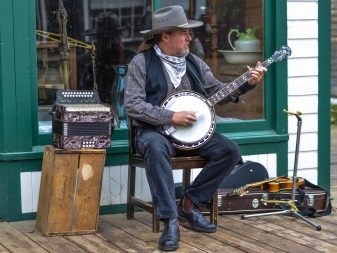
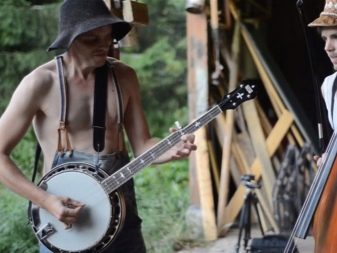
History of appearance
The banjo is called a stringed instrument, plucked according to the method of playing, from the family of guitars equipped with a resonator. It is believed that the progenitor of the modern model was introduced to the United States in the early 17th century by Jamaican slaves. Among the relatives of the cowboy balalaika, one can mention, first of all, the mandolin and the lute, as well as at least 60 other strings. Distinguishes banjo from mandolin, similar in shape, and from other types of sharp and sonorous, enhanced tone. While European instruments had a soft and romantic timbre.
For the first time, Jamaican slaves showed playing on a round device with an elongated neck and strings. A pumpkin case with a leather top, stretched ram veins - this is how the original sample looked, described at the end of the 17th century by the English physician Sloan. African traditions have influenced the design and technique of the game. Initially, there were no straps on the neck, the number of strings reached 9. This is due to the peculiarities of the styles of soul and blues. The intonation in black music is different from what is accepted on other continents. A deviation in intonation of up to one tone is allowed, so the strings on the fretboard are not fixed.
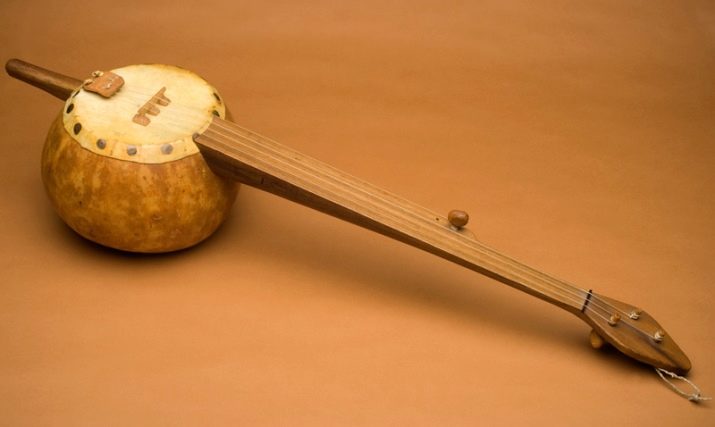
African American musicians adopted the banjo technique, and it became immensely popular in America. Two centuries later, the banjo was used as often as the homemade violin.Black craftsmen were in no hurry to show how they create their works. Therefore, knowledge about the original instrument seeped into wide circles rather slowly.
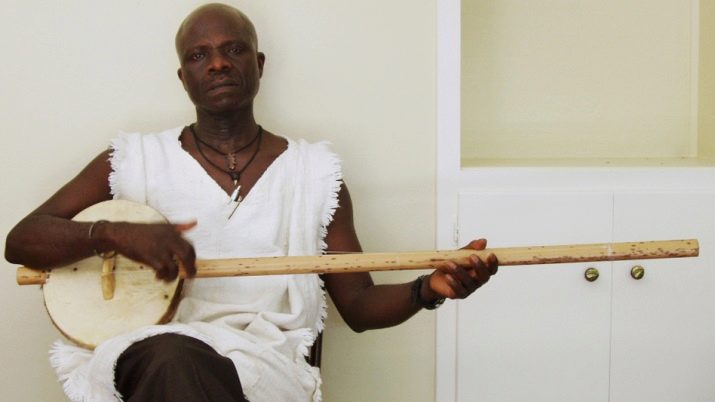
In the mid-19th century, professional musician D.W. Sweeney introduced his country's white audiences to the possibilities of the new device. The American performer took the stage with a construction that had a drum body, a long neck and only five strings. It was a kind of revolution that spawned the amateur minstrel movement.
Musical theater performances were accompanied by playing music. The ensemble sounded violins and banjo, tambourine. The banjo was introduced to Britain in the 1840s. The touring minstrel Joel Sweeney did it. The spread in Europe was rapid, the popularity came to the instrument quickly. The minstrels chose him from among many existing ones, because they considered the sound to be surprisingly harmonious.
In 1848, a manual was published that taught the independent performance of songs. Festivals began to be held where virtuosos competed. The first women appeared among the participants. Smaller designs have been developed for them.
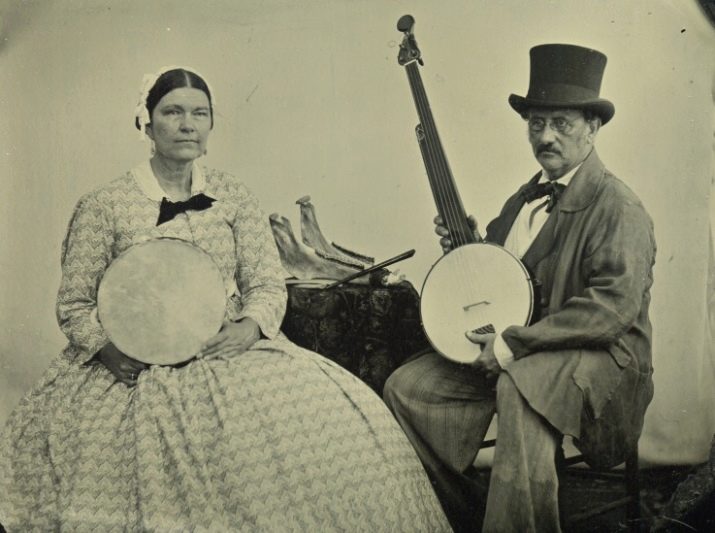
The refined instrument quickly rose to key positions in American music. By the end of the 19th and the beginning of the 20th century, the banjo was played at many concerts. Strings began to be made of metal, and models of various shapes and sizes were mass-produced in factories. This led to the emergence of entire orchestras, in which the instruments of bass mood and piccolo sounded simultaneously.
The unusual timbre of the banjo is considered to be the hallmark of such styles as ragtime, country and bluegrass. Country music based on Irish and Scottish ballads is difficult to imagine today without a guitar, violin and harmonica, tenor banjo. Subsequently, technical features made it possible to play not only folk melodies, but also works of classics.
In the 1930s, electrically powered guitars appeared in the United States with impressive sound. This temporarily reduced the popularity of the banjo. Soon after the war, the "second wind" opened, and famous performers of traditional country music appeared on the venues again. Around the same time, the instrument found its place in jazz. Dixieland included a tenor banjo. Rhythmic parts decorated and diversified the sound of jazz compositions.
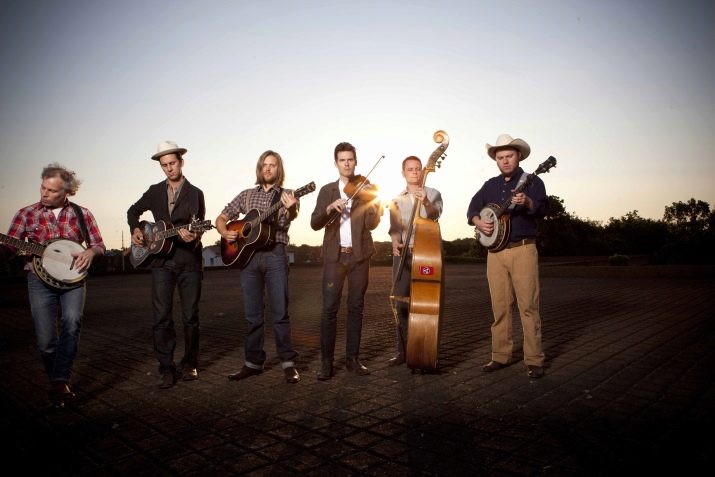
Design features
The instrument looks like a drum or tambourine connected to a neck-neck. The main details that are in all models.
- Frame.
- Vulture.
- A set of strings.
- Holder.
- Tuners.
- Frets.
- Stand.
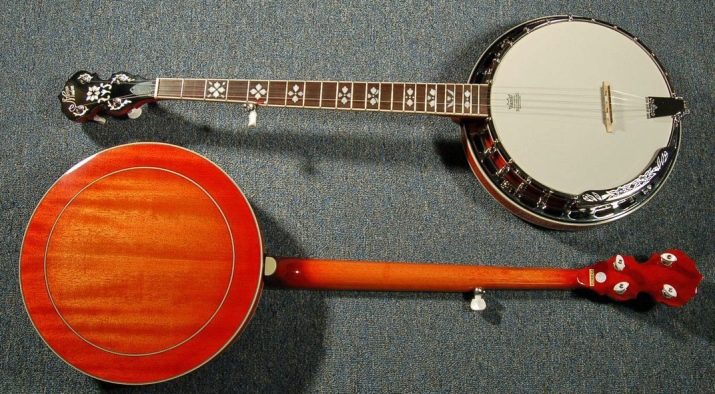
The round body is mostly made of maple or precious wood. The metal ring is fastened with screws and serves to tension the coating. On the back side of the body there is a half-case resonator with a larger diameter. It is installed with a 2 cm clearance.
The resonator can be removed to gain access to the truss rod on the fretboard and adjust the distance between it and the strings. An open back lowers the volume noticeably.
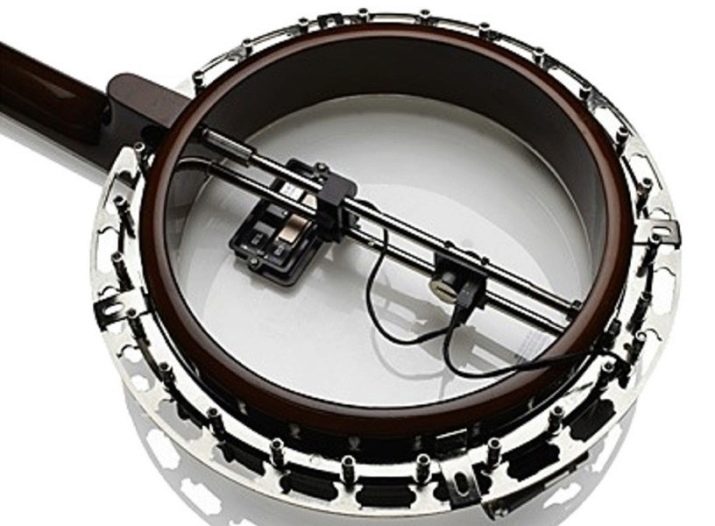
The holder is an element located on the body that serves for the initial fastening of the strings... At the opposite end, they are tensioned using a tuning peg. The entire length is called the scale, from top to bottom.
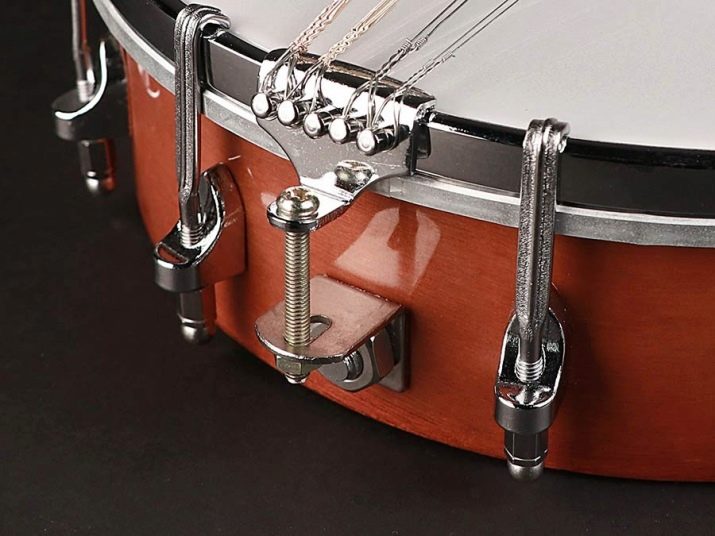
Frets are metal transverse elements that rise above the surface of the neck. The intermediate distances between the stripes are also called frets. Gap is the free area between the neck and the strings.
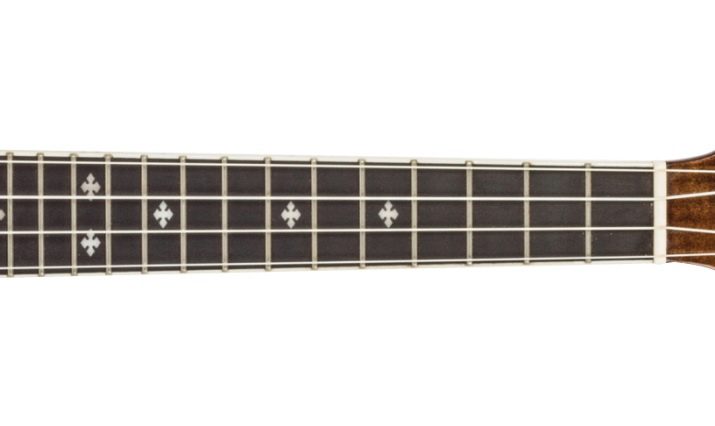
Tuners are small pieces located on the sides of the neck. They pull the strings and determine the pitch of the instrument. Must be present in any stringed musical device.
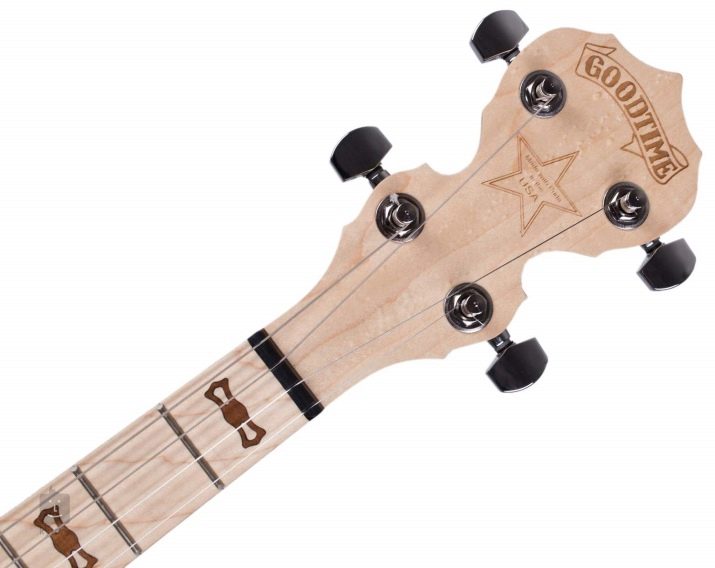
The strings are predominantly made of steel, often supplied with windings from alloys and non-ferrous metals. This enhances the melodic ringing. Modern types of strings are produced not only from metal, but also from durable nylons.The bass tone is set by a short string, for playing with the first finger. It is also tensioned with a splitter.
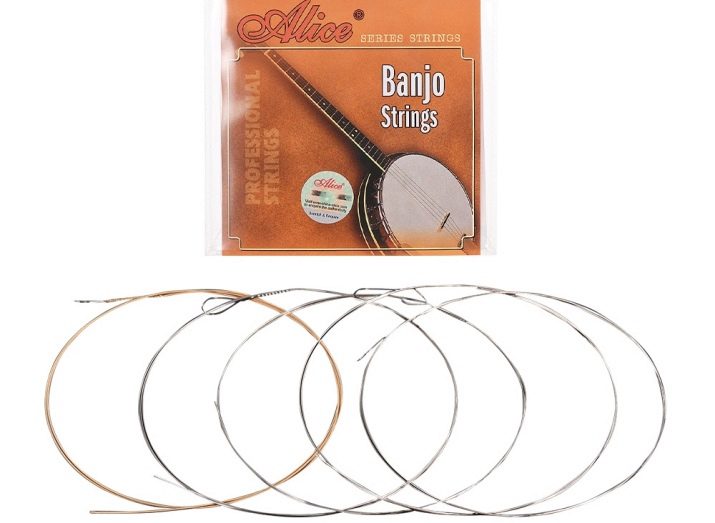
Views
Since the appearance of the first device, manufacturers have constantly improved its mechanical base and appearance. A variety of models were produced, basic and non-standard. Proven banjo designs are popular today.
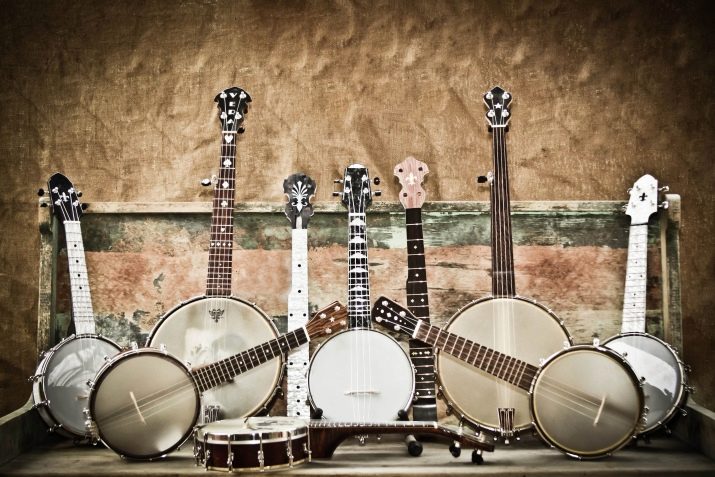
Four-string
The banjo tenor, a common pattern, is commonly used for solos, ensembles and orchestras. The classic 4-string has a C-G-D tuning. Irish music is performed in its own tuning - g-re-la-mi. The salt (G) moves upward, giving the accompaniment an unusual tint.
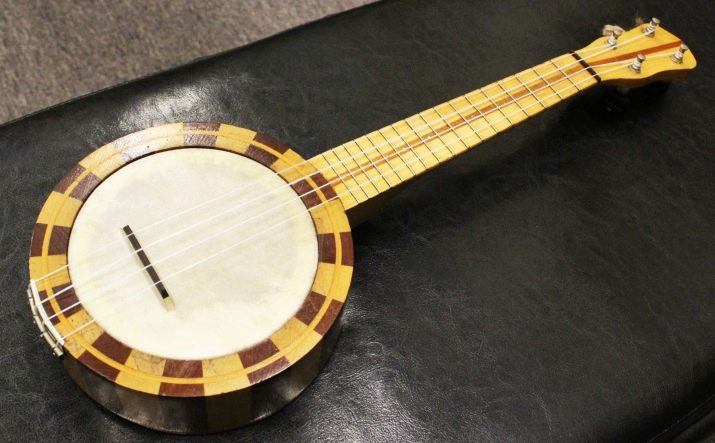
Five-string
Real cowboy banjo. Bluegrass and real country music cannot be imagined without it. The strings are slightly shortened, and the 5th is left unclamped during the performance.
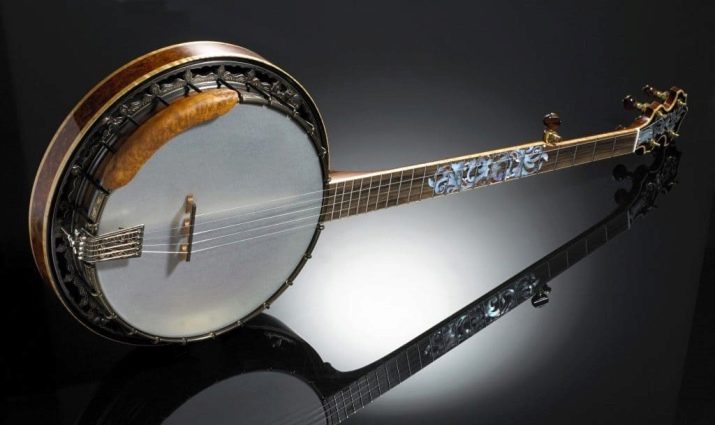
Six-string
The tuning and principles of playing are reminiscent of a guitar, tuning E, that is, one tone lower (D-A-F-C-G-D). 6-string universal instruments are less common than traditional models. This variety is popular with those guitarists who are learning to play the banjo.
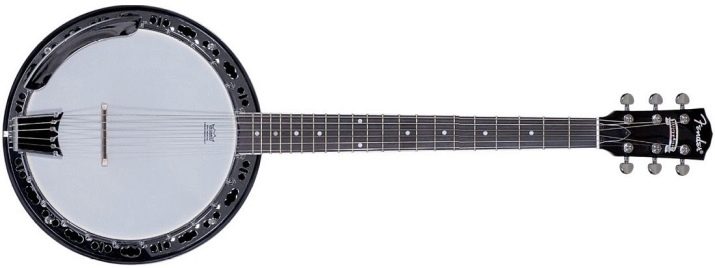
Banjolele
Mixed ukulele and banjo, very small size, with four single strings. The original hybrid carved its own niche among the unusual instruments. Requires certain skills, the sound is pleasant and melodic.
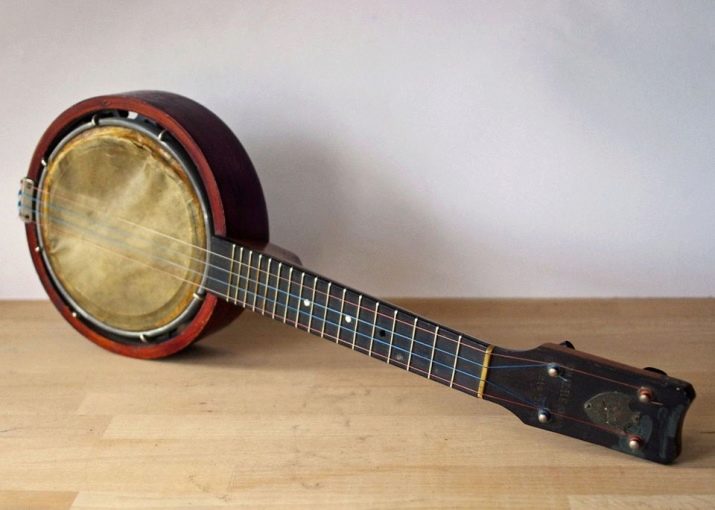
Banjo Mandolin
Has 8 strings, doubled in pairs. A hybrid of two related strings like a mandolin (GDAE). The playing technique is also identical, with the sharp and loud sound typical of a large banjo. As a rule, the unit is open at the rear. The body is made of selected wood.
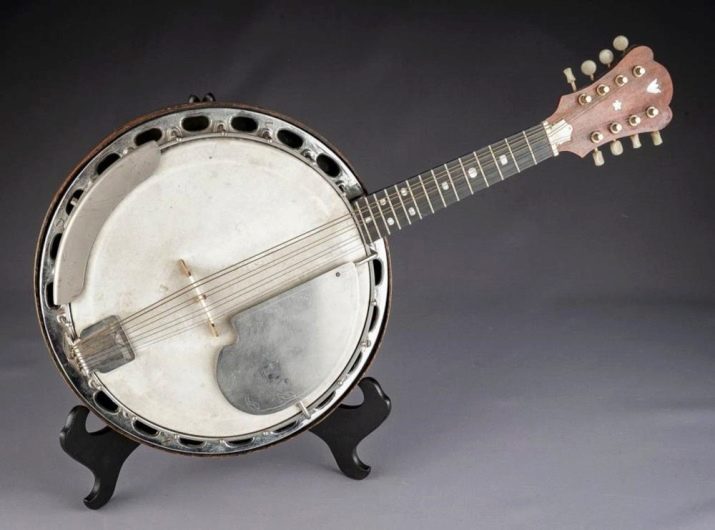
Rating
Among the best manufacturers, experts call:
- Cort - they produce expensive elite units;
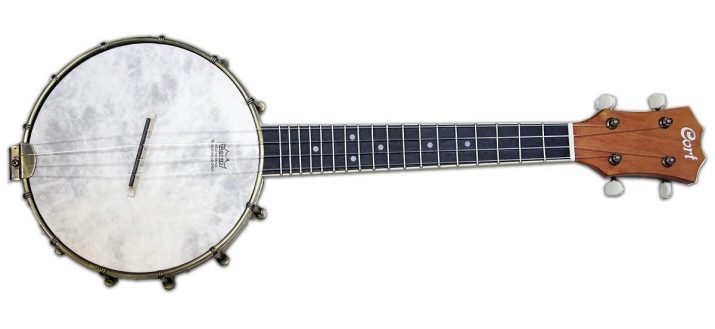
- Caraya - a large selection of classics at mid-range prices;
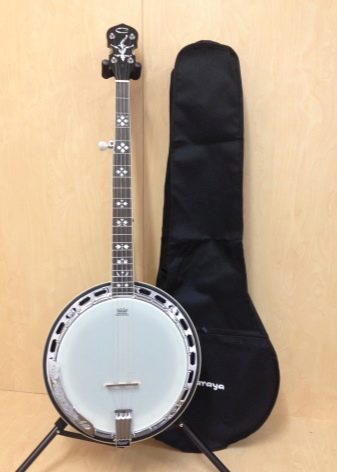
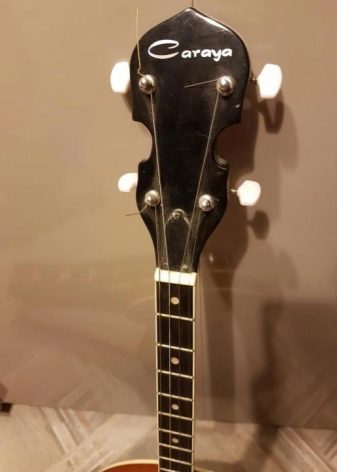
- Martin Romas - models at a relatively low price;
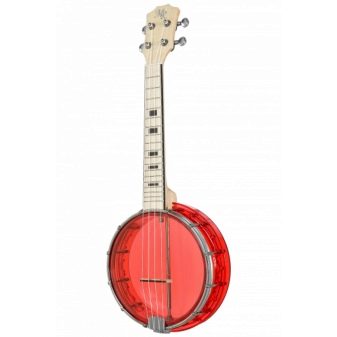
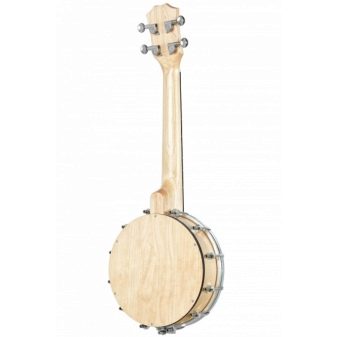
- Stagg is the leader in the production of country styles;
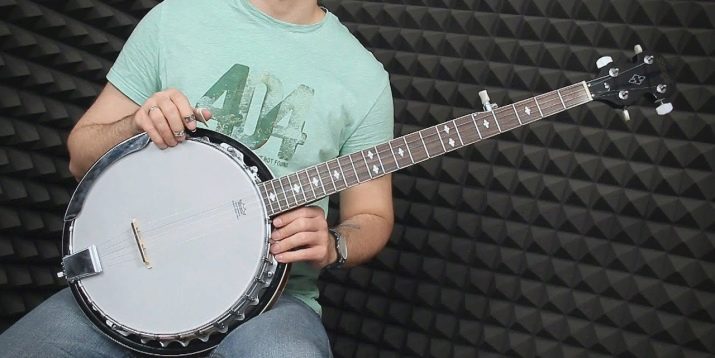
- Ortega - quality 6 strings
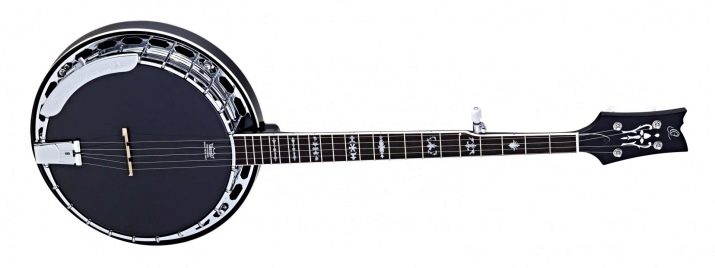
- Aria - guitar-like aggregates.
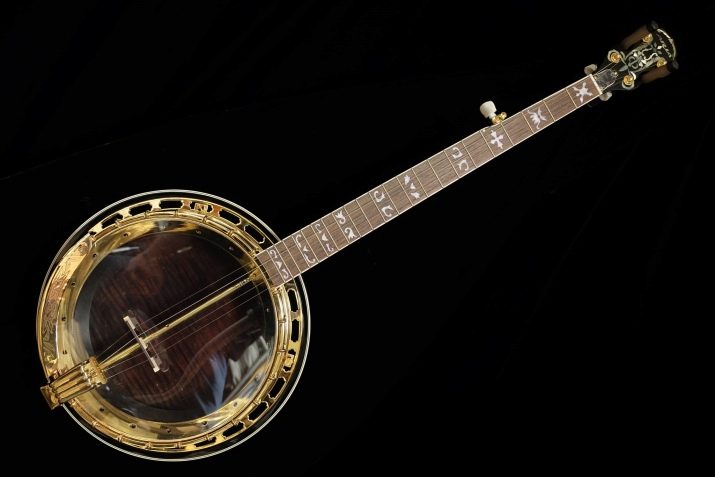
Specific devices are designed to master specific styles. Therefore, they have unique characteristics. According to the rating, the following are optimal for all positions.
- CB64W_BAG "- Cort. An elite classic product, the set includes a convenient case in which the model is placed for storage and transportation. High build quality and good customization. Has a maple resonator and a precious wood neck, rosewood escutcheon, chrome details.
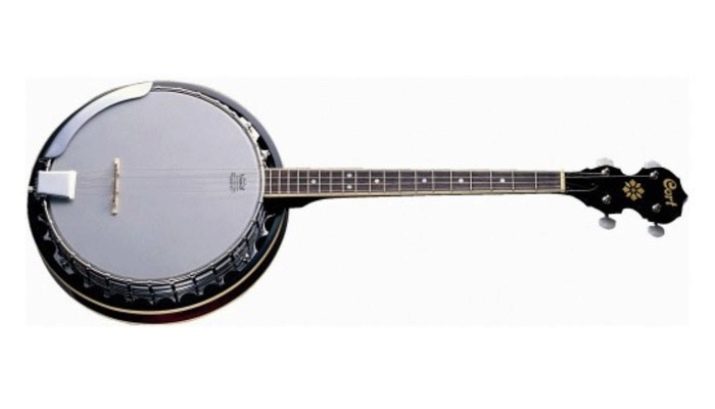
- BJ-004 - Caraya. This 4-string model comes with a mahogany resonator and plastic parts. The outer surface is white, shiny. The advantages include an attractive appearance and low weight, soft sound and an affordable price.
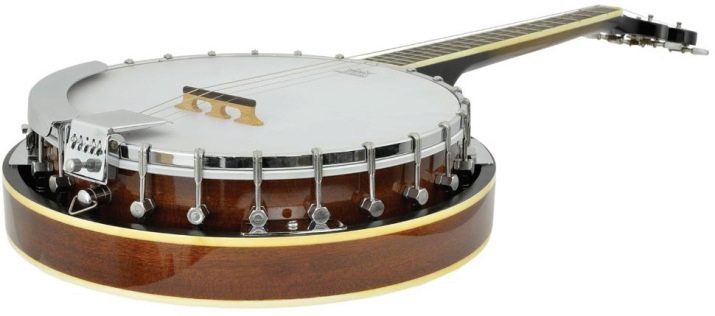
- Western Deluxe BJW24 DL - manufactured by Stagg. The product is equipped with 5 strings and has significant overall dimensions - 100.5 cm / 44/12. Body in mahogany, with holder and armrest in nickel-plated brass. Finish with glossy material, staple fittings. The bridge is made of maple and black wood. The main advantages are reliability, high-quality assembly, stylish design.
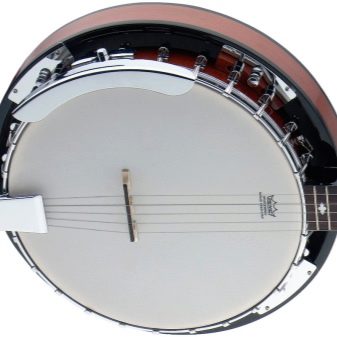
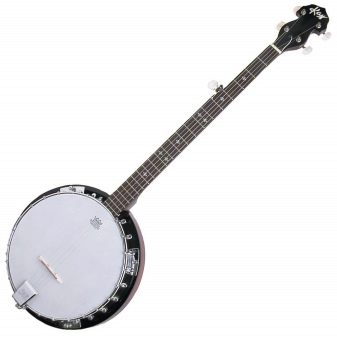
- BJW-OPEN 5, produced by the same company as the previous model. The bowler hat is made of mahogany, the neck is made of nato. Black plastic cover, 11 inches thick. The holder and armrests are made of nickel. Unusual in color, with a matte finish, it sounds soft, lightweight and inexpensive. Experts note the successful design.
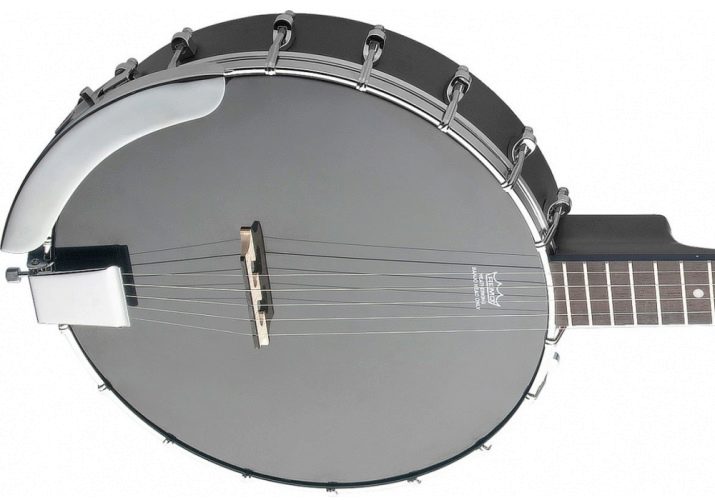
- SB-10G - produced by the famous ARIA factory. Convenient six-string with a curved head, suitable for both beginners and virtuosos. The neck is completely mahogany, the fingerboard and bridge are rosewood. Metal parts. The tuning is comfortable, like a classical guitar. The advantages include excellent sound, an optimal ratio of quality and cost.
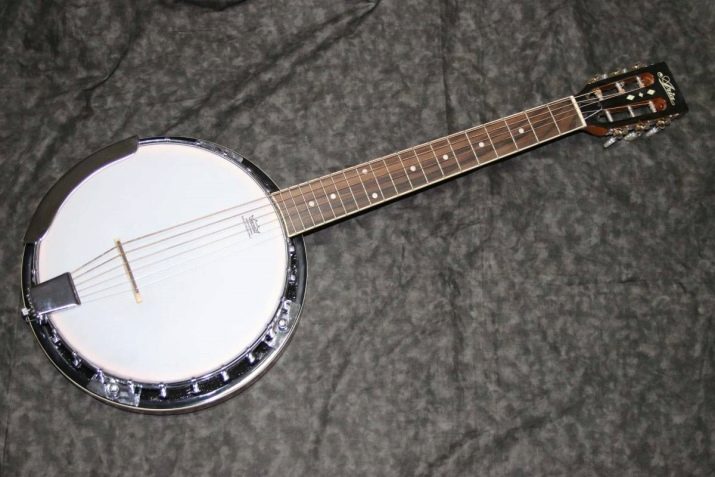
- OBJ350 / 6-SBK Raven Series from Ortega. It has a semi-matt body with an Ovangkol overlay and an aluminum rim. Chromed tuning pegs.There is a cast chrome armrest. Leather bowler hat closed at the back. Functional, high quality instrument, guitar type, with a case.
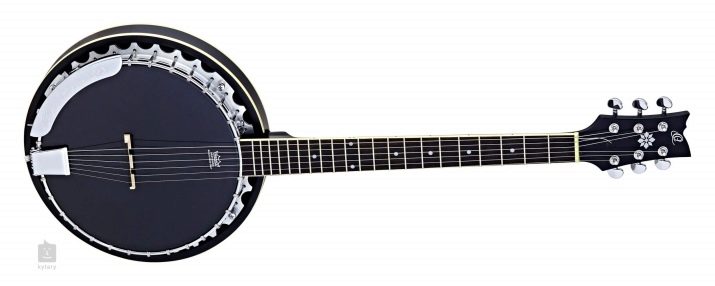
- BP-1 / NAT - Martin Romas. The traditional ukulele-type construction, known since the 20s of the last century, is comfortable and easy to use. Very light - 1 kg 500 g. Plastic body and nylon strings, drum-tensioned membrane. Maple neck, nickel tuning pegs. Advantages: several color options for the case. Simplicity and breadth of application.
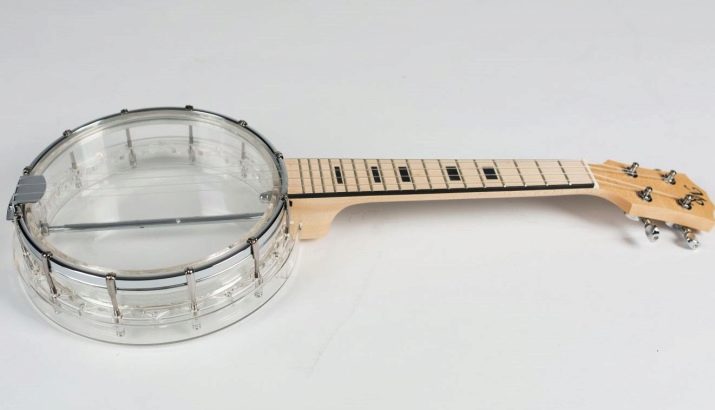
How to choose?
Before purchasing a banjo, you need to think about what kind of repertoire you plan to perform on it. For all its superficial resemblance to a guitar, this is a completely different kind of instrument. It is customary to perform melodies and rhythms in ethno-style, jazz, blues on it. Solo-parts and accompaniment in songs and ballads sound beautifully.
- The 5-string variety is the most popular choice for bluegrass. This is a simple model with an elongated neck and one shortened, equal in thickness, a string with a peg.
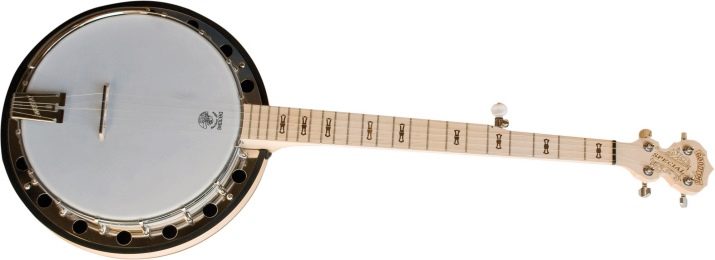
- 4 strings and a shortened neck of the instrument - a traditional banjo. It is suitable for performing jazz compositions in Dixieland. Tunable in fifths from C to in a small octave.
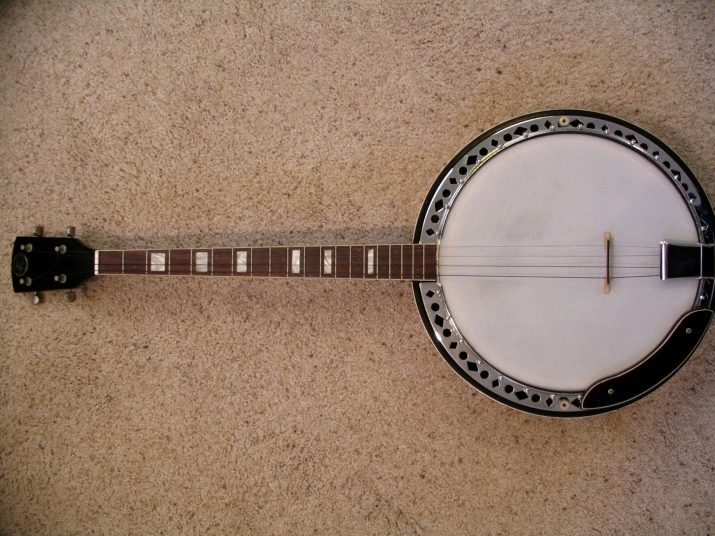
- If the performer is still at the stage of learning the techniques of the game, and the skills are not fixed, you can try to purchase a 6-string version of the chordophone.
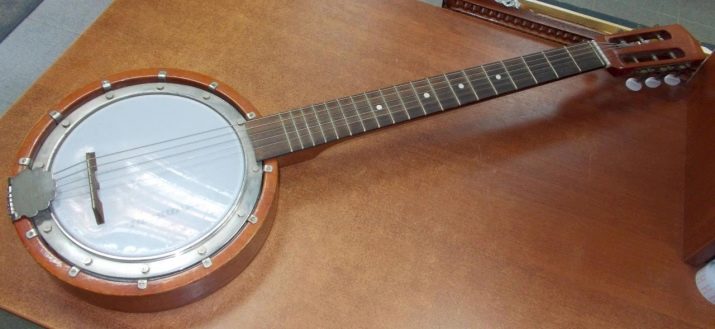
Frame
The maple body gives a bright acoustic sound, the mahogany mutes the tone, emphasizing the mids. The stiffness tone depends on the location of the steel ring holding the leather or plastic cover of the upper membrane.
If the plastic rises above the steel frame, the timbre color will be especially pronounced. If the surface is flush with the ring, the tone is expected to be muted, which is prized in the Irish national tradition.
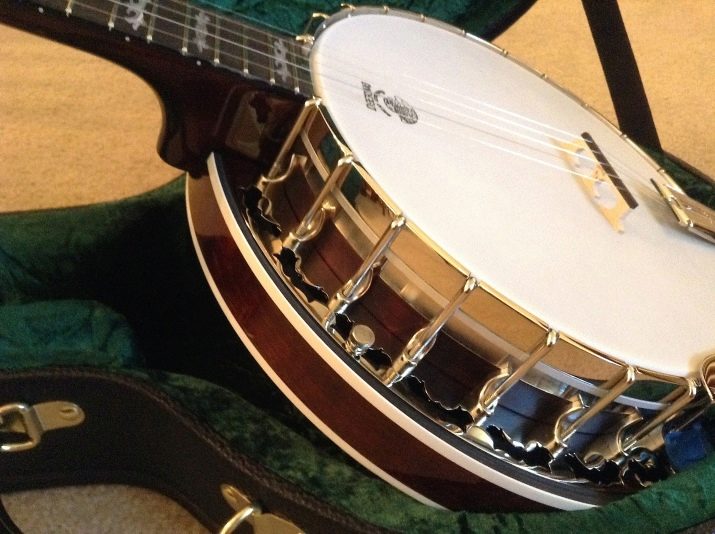
Strings
The strings have a characteristic rattling sound, as if they are hitting an invisible obstacle while playing. Some types of banjo, while playing music, emit a slight rattle "like from a can." Such a feature is considered normal and even original, is emphasized during incendiary solos and is cultivated by musicians.
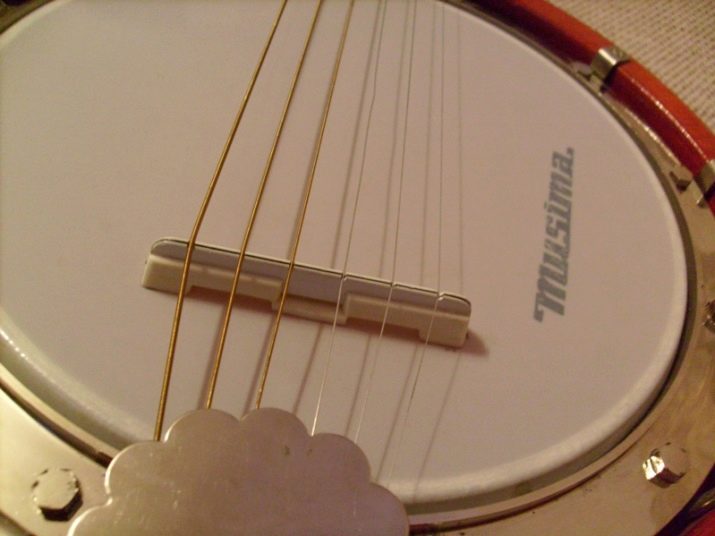
Plastics
Professionals prefer thin materials, often transparent. The sound is softened by a tight stretch, with dusting or imitation, reminiscent of leather. The diameter of the plastic should be close to the traditional 11 inches by standards.
Novice hobbyists choose budget instruments with an open back of the case. Since this lowers the sound level, it is best to purchase a resonator model for band performances.
Care must be taken that there is a suitable low clearance in the unit. This will greatly simplify the game, you will not have to press hard on the strings. It is advisable to find an average scale, 63-65 cm.
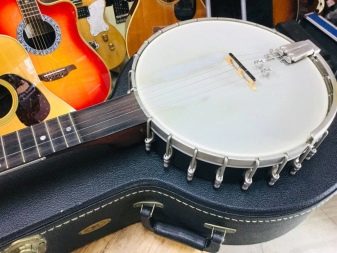
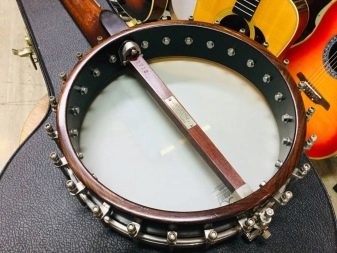
A professional banjo is never light in weight, as it is made of precious wood and durable metal, branded plastic. Although at first this is not the most important selection criterion. The more complex the design and the more expensive the materials, the higher the price. Therefore, you need to take this factor into account when buying.
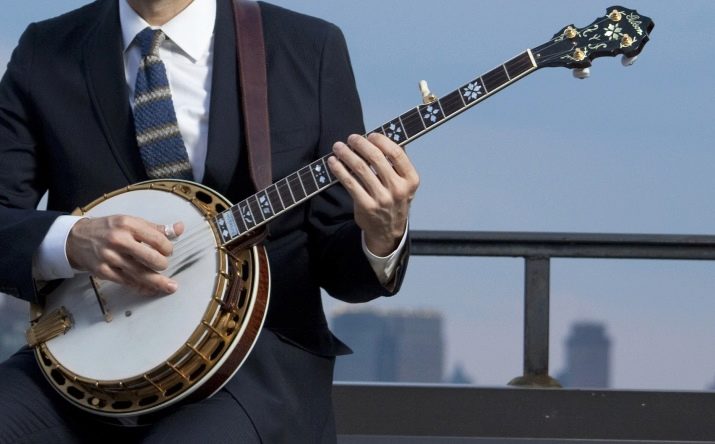
You can buy the tool both on the Internet and in stores. As a rule, banjos are produced by the same well-known manufacturers as guitars.
Technique of the game
Banjo sounds sharper, sharp and perky, ringing. One gets the impression that a special technique is needed to play it. However, no special technique is required; techniques are used as for a guitar. The sound is produced by plucking and striking the strings. The strings are clamped at the frets using the left hand. You can also play with your right hand, performing a tremolo or arpeggio technique. By stretching the diaphragm, pure vibration is obtained at the required height.
On the thumb, second and third fingers, they put on special "claws" - plectras. Chords are played using a pick while playing. There are tabulator diagrams for learning musical material. The recording shows which string number and fret you need to hold in order to get the desired note. Tabs include five or lines, each representing a banjo string.
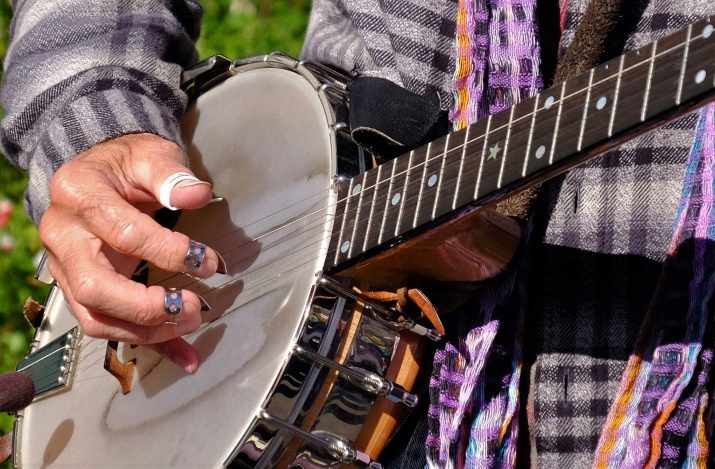
The top ruler is the first string tuned to D, the lowest is G. The numbers on these are the fret numbers. Vertical bars below the numbers indicate the duration of the notes.
They record tabs not only with melodies, but also with accompaniment of chords. This diagram shows where to hold the frets with your left hand. When the instrument is placed directly in front of the performer, the diagram points to frets one through four. The entire chord sequence on the chart is called harmony, and the piece is written in a specific key. For example, most banjo tunes are played in the key of G.
